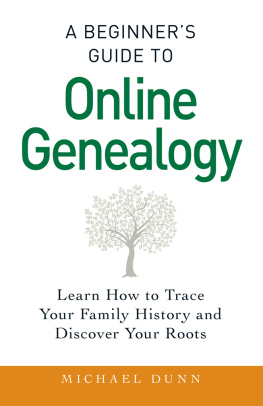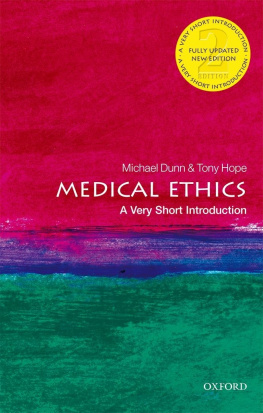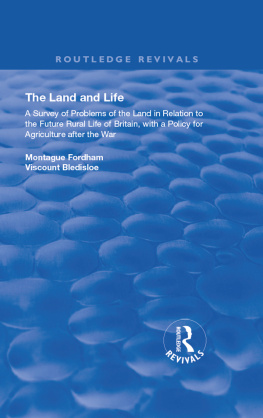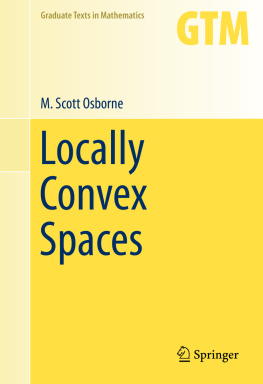First published in 1981 by George Allen & Unwin Ltd
This edition first published in 2021
by Routledge
2 Park Square, Milton Park, Abingdon, Oxon OX14 4RN
and by Routledge
52 Vanderbilt Avenue, New York, NY 10017
Routledge is an imprint of the Taylor & Francis Group, an informa business
1981 Michael Dunn, Marilyn Rawson and Alan Rogers.
All rights reserved. No part of this book may be reprinted or reproduced or utilised in any form or by any electronic, mechanical, or other means, now known or hereafter invented, including photocopying and recording, or in any information storage or retrieval system, without permission in writing from the publishers.
Trademark notice: Product or corporate names may be trademarks or registered trademarks, and are used only for identification and explanation without intent to infringe.
British Library Cataloguing in Publication Data
A catalogue record for this book is available from the British Library
ISBN: 978-0-367-64519-9 (Set)
ISBN: 978-1-00-313856-3 (Set) (ebk)
ISBN: 978-0-367-67814-2 (Volume 3) (hbk)
ISBN: 978-1-00-313295-0 (Volume 3) (ebk)
Publishers Note
The publisher has gone to great lengths to ensure the quality of this reprint but points out that some imperfections in the original copies may be apparent.
Disclaimer
The publisher has made every effort to trace copyright holders and would welcome correspondence from those they have been unable to trace.
First published in 1981
This book is copyright under the Berne Convention. All rights are reserved. Apart from any fair dealing for the purpose of private study, research, criticism or review, as permitted under the Copyright Act, 1956, no part of this publication may be reproduced, stored in a retrieval system, or transmitted, in any form or by any means, electronic, electrical, chemical, mechanical, optical, photocopying, recording or otherwise, without the prior permission of the copyright owner. Enquiries should be sent to the publishers at the undermentioned address:
GEORGE ALLEN & UNWIN LTD
40 Museum Street, London WCIA ILU
Michael Dunn, Marilyn Rawson and Alan Rogers, 1981
British Library Cataloguing ID Publication Data
Dunn, Michael
Rural Housing. (Urban regional studies; no. 9).
1. Housing, Rural England
2. Housing policy England
I. Title II. Rawson, Marilyn
III. Rogers, Alan, 1945
IV. Series
363.50942 HD7289.G8 80-41944
ISBN 0-04-309105-9
Set in 10 on 11 point Times by Computacomp (U.K.) Ltd, Fort
William, Scotland,
and printed in Great Britain by A. Wheaton & Co, Exeter
Housing has always featured as a matter of concern for those with an interest in rural social policy. Historically, that concern centred on housing quality and rural living conditions. Today, while poor living conditions can still be found in rural areas (particularly in parts of upland Britain), the focus is rather on inequality of opportunity and the unfair effects of competition for a limited supply of houses in the countryside. In recent years the complaints against the commuter, the second home owner and the retirement migrant have grown steadily, and there has been more and more attention given to the lot of the poorer, locally born or locally employed family.
This study began at a time when many of these issues were of interest only to those professionally involved. It set out to describe the broad structure of housing in rural England and to trace the influence of population migration through the housing stock. The Social Science Research Council had awarded a joint research grant to the Centre for Urban and Regional Studies at the University of Birmingham and the Countryside Planning Unit (now the Department of Environmental Studies and Countryside Planning) at Wye College, University of London, to carry out research in this area of rural policy. This book is a product of that collaboration. The idea for a joint project, bringing together the expertise available at both centres and linking the two areas of research, was essentially that of Gordon Cherry, who has maintained a continuing interest in this study since its inception.
During the period of the study rural housing policy has featured increasingly in public debate and comment. While growing public awareness of an issue may be an encouragement for those involved with research, it brings with it inevitable problems of topicality when policies and views are changing rapidly. The book was completed at a time when a Housing Bill was proceeding through Parliament and undergoing significant modification at the committee stage, which was of great concern to rural areas. By the time it is published, it is certain that there will have been further developments in this crucial area of countryside planning. The book remains, therefore, a statement at one point in time and as such tries to put forward the main issues which are at the heart of a changing situation.
Any piece of research such as this inevitably involves a large number of people. This study has been no exception, and we are very conscious that many people have given freely of their time to help us with our inquiries. Any errors that remain are, of course, our responsibility alone. Equally any views or opinions contained in this report are personal to the authors and do not reflect the position of any outside authority, in particular the Department of the Environment and the Welsh Office for whom two of the authors now work.
It is impossible to list all those who have helped and with whom we have corresponded and discussed issues surrounding rural housing problems, but particular mention should be made of some.
First, of course, the Social Science Research Council for its generous funding and its willingness to adjust its administrative procedures to the rather odd situation where research was being carried out in two centres.
Colleagues in the Centre for Urban and Regional Studies at Birmingham and the Department of Environmental Studies and Countryside Planning at Wye. Gordon Cherry has already been mentioned, and in addition we are particularly grateful to Gerald Wibberley, not only for his advice, but also for the generous financial help with the production of maps and diagrams for this report. Paul Kentish of the Statistical Unit, Wye College, deserves a special mention for his help with statistical and computing matters.
The officers of Cotswold and South Oxfordshire District Councils, particularly members of the housing departments and especially Mr M. K. Barnett (Cotswold District) and Mr P. Benny (South Oxfordshire District) who willingly answered questions and replied to inquiries throughout.
The many respondents to our household surveys in the two rural areas and representatives of estate agents and building societies.











